Home>Garden Essentials>Sweet Woodruff: How To Grow Ground Cover
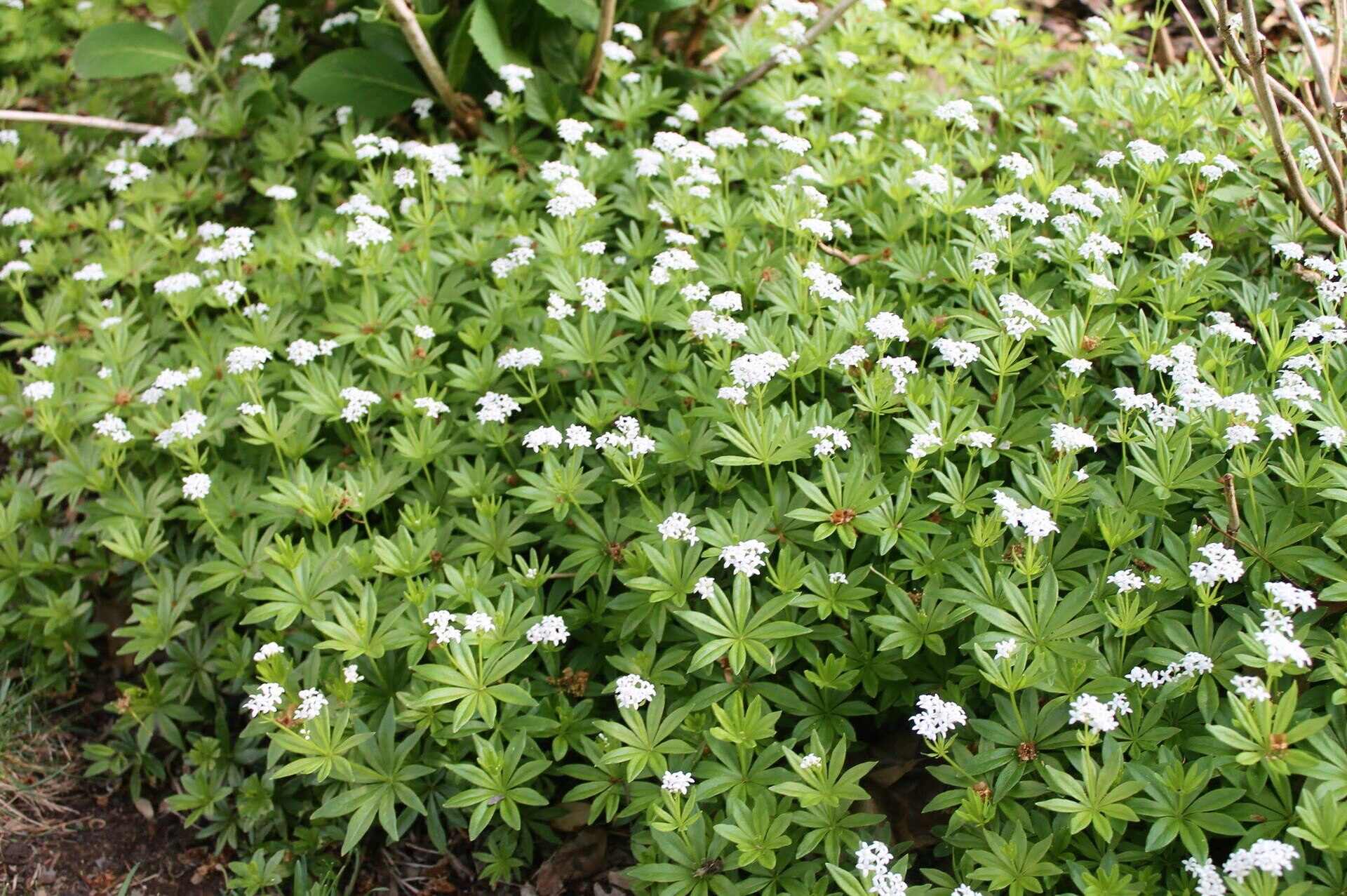

Garden Essentials
Sweet Woodruff: How To Grow Ground Cover
Modified: May 6, 2024
Discover how to grow sweet woodruff in your garden as a beautiful and low-maintenance ground cover. Enhance your garden's aesthetic with this versatile herb.
(Many of the links in this article redirect to a specific reviewed product. Your purchase of these products through affiliate links helps to generate commission for Storables.com, at no extra cost. Learn more)
Introduction
Welcome to the world of sweet woodruff, a delightful and versatile ground cover plant that can add beauty and charm to any garden. With its delicate white flowers, lush green foliage, and sweet fragrance, sweet woodruff (Galium odoratum) has long been a favorite among gardeners. In addition to its aesthetic appeal, this perennial herb also offers a range of practical uses, making it a valuable addition to any garden.
Sweet woodruff is native to Europe and is a member of the Rubiaceae family. It is often referred to as “woodruff” or “sweetscented bedstraw” due to its pleasant fragrance. The plant has small star-shaped flowers that bloom in late spring and early summer, adding a touch of elegance to the garden. Its foliage, arranged in whorls around the stems, is soft and lush, creating a carpet-like effect that is perfect for ground cover.
One of the biggest advantages of sweet woodruff is its ability to thrive in a variety of growing conditions. Whether you have a sunny or shaded garden, this versatile plant can adapt and flourish. Its ability to spread quickly and form dense mats makes it an ideal choice for filling in bare spots, suppressing weeds, and adding interest to garden edges.
In this article, we will explore everything you need to know about growing and caring for sweet woodruff. From choosing the right site and preparing the soil to planting, watering, and fertilizing, we will cover all the essentials to ensure your sweet woodruff thrives. We will also discuss common pests and diseases, as well as methods of propagation and harvesting.
Whether you are a seasoned gardener or a beginner, sweet woodruff is a plant that you will love to have in your garden. Its ease of cultivation, low maintenance requirements, and ornamental appeal make it a popular choice among garden enthusiasts. So, let’s dive in and discover the magic and allure of sweet woodruff!
Key Takeaways:
- Sweet woodruff is a versatile and low-maintenance ground cover plant that adds beauty and fragrance to any garden, making it a delightful choice for both experienced and novice gardeners.
- By providing proper care, including regular watering, selective pruning, and timely harvesting, you can enjoy the captivating presence and aromatic appeal of sweet woodruff in your garden for years to come.
Read more: How To Grow Moss As Ground Cover
Choosing a Site
Choosing the right site for your sweet woodruff is crucial for its growth and overall health. While sweet woodruff is adaptable to different growing conditions, there are a few factors to consider when selecting the perfect spot in your garden.
First and foremost, sweet woodruff thrives in partial to full shade. It prefers dappled sunlight or a location that receives a few hours of morning sunlight followed by shade for the rest of the day. Avoid planting sweet woodruff in areas with direct, intense sunlight, as this can scorch the leaves and hinder its growth.
The soil should be well-draining and rich in organic matter. Sweet woodruff prefers slightly acidic to neutral soil with a pH range of 6.0 to 7.0. If your soil is heavy and tends to retain water, consider adding organic matter such as compost or aged manure to improve drainage.
When choosing a site for your sweet woodruff, consider its potential size and spreading habit. While sweet woodruff is not invasive, it can spread quickly and form dense mats, so be mindful of its growth habit and allow enough space for it to expand without overcrowding other plants.
Another factor to consider is the surrounding plants and trees. Sweet woodruff pairs well with other shade-loving plants such as ferns, hostas, and astilbes. It can also provide a beautiful ground cover under deciduous trees, where it will receive filtered sunlight through the leaf canopy.
Lastly, consider the proximity to foot traffic and visibility. Sweet woodruff’s fragrant foliage is often used in potpourris and perfumes, so planting it near walkways or seating areas allows you to enjoy its pleasant scent. Additionally, its white flowers can create a visually stunning display, making it a desirable plant for showcasing in prominent areas of your garden.
By selecting a suitable site for your sweet woodruff, you are laying the foundation for a healthy and thriving plant. Take into account the light conditions, soil quality, space requirements, and aesthetic considerations to create an ideal environment for your sweet woodruff to flourish.
Soil Preparation
Preparing the soil is an essential step in ensuring the success of your sweet woodruff. By providing the plant with a fertile and well-draining soil, you create an optimal environment for its growth and establishment.
Start by clearing the area of any weeds, rocks, or debris. These can compete with the sweet woodruff for nutrients and water, hindering its growth. Remove any grass or existing vegetation to create a clean slate for the plant.
Next, loosen the soil using a garden fork or a tiller. This will help to improve aeration and drainage, allowing the roots to penetrate the soil easily. Avoid compacting the soil by overworking it, as this can lead to poor drainage and stunted growth.
Once the soil is loosened, it’s time to amend it with organic matter. Sweet woodruff thrives in soil that is rich in humus, which helps to retain moisture and provide essential nutrients. Incorporate well-rotted compost or aged manure into the topsoil, aiming for a 2 to 3-inch layer of organic matter.
If your soil is heavy and prone to compaction, adding coarse sand or perlite can improve its drainage. Mix these amendments thoroughly with the organic matter and the existing soil to create a well-blended growing medium.
Before planting your sweet woodruff, consider testing the soil pH. Sweet woodruff prefers slightly acidic to neutral soil with a pH range of 6.0 to 7.0. If your soil is too acidic, you can raise the pH by adding lime. Conversely, if the soil is too alkaline, you can lower the pH by incorporating sulfur or acidic compost.
Once the soil is amended and the pH is adjusted, rake the surface to create a smooth and level bed for planting. This will facilitate even growth and make it easier to establish the sweet woodruff plants.
By properly preparing the soil, you are setting the stage for healthy and vigorous growth of your sweet woodruff. The added organic matter and balanced pH will provide the necessary nutrients and moisture retention, ensuring that your sweet woodruff has the best possible start in its new home.
Planting Sweet Woodruff
Now that you have chosen the perfect site and prepared the soil, it’s time to plant your sweet woodruff and watch it thrive. Follow these steps for successful and hassle-free planting:
- Timing: The best time to plant sweet woodruff is in early spring or fall when the weather is cool and the soil is moist. Avoid planting during hot summer months to prevent stress on the plant.
- Spacing: Sweet woodruff spreads by rhizomes and can quickly form dense mats. Allow enough space between plants, approximately 12 to 18 inches apart, to give them room to grow and prevent overcrowding.
- Planting Depth: Dig a hole that is slightly larger than the root ball of your sweet woodruff plant. The depth should be such that the crown of the plant is level with or slightly above the soil surface. Avoid planting too deep as this can lead to rotting of the stem.
- Planting Technique: Gently remove the sweet woodruff plant from its container and loosen the roots. Place the plant in the prepared hole, ensuring that the crown is at the correct level. Backfill the hole with soil, firming it gently around the roots to eliminate air pockets.
- Watering: After planting, water the sweet woodruff thoroughly to settle the soil and provide moisture for the newly established roots. Keep the soil consistently moist during the first few weeks of growth to support root development.
One of the great advantages of sweet woodruff is its ability to self-seed and spread naturally. If you’re looking to cover a larger area or create a more extensive ground cover, you can simply scatter seeds or divide existing clumps of sweet woodruff to propagate new plants.
If you choose to propagate by division, do so in early spring or fall. Carefully dig up an established clump, and using a sharp tool or your hands, separate it into smaller sections. Replant the divisions following the same planting techniques mentioned earlier, ensuring they have adequate space to spread and grow.
Remember, sweet woodruff is a resilient plant, but it may take some time for it to establish itself and start spreading. Be patient, continue to provide proper care, and you will soon enjoy a lush carpet of sweet woodruff in your garden.
Watering and Fertilizing
Proper watering and fertilizing are essential for the healthy growth and development of sweet woodruff. By providing the right amount of water and nutrients, you can ensure that your plants remain vigorous and vibrant throughout the growing season.
Watering:
While sweet woodruff is relatively drought-tolerant once established, it still requires regular watering, especially during periods of dry spells or high temperatures. Aim to keep the soil consistently moist, but not waterlogged, during the growing season.
Water deeply, ensuring that the moisture penetrates down to the root zone. A general guideline is to provide about 1 inch of water per week, either through rainfall or supplemental irrigation. However, adjust the frequency and amount based on your specific climate and soil conditions.
Monitor the soil moisture regularly by digging a few inches deep with your finger. If the soil feels dry, it’s time to water. Water in the early morning or late afternoon to minimize water loss due to evaporation and allow the foliage to dry before evening to prevent fungal diseases.
Fertilizing:
Sweet woodruff generally doesn’t require heavy fertilization, as it can thrive in nutrient-rich soil. However, a light application of organic fertilizer in early spring can provide a gentle boost to the plants.
Choose a balanced, slow-release organic fertilizer or a well-rotted compost. Follow the instructions on the fertilizer packaging for the correct dosage and application method. Spread the fertilizer evenly around the base of the plants, avoiding direct contact with the stems.
Avoid excessive nitrogen fertilizers, as they can promote excessive foliage growth at the expense of flower production. Sweet woodruff is prized for its charming white flowers, so it’s important to maintain a balance of nutrients to encourage blooming.
Remember, observe the plants closely to determine if they need additional fertilization. If the foliage appears pale or the growth is weak, it may indicate a lack of nutrients. In such cases, a small boost of organic fertilizer during the growing season can help revitalize the plants.
By providing adequate watering and appropriate fertilization, you are ensuring that your sweet woodruff plants receive the necessary moisture and nutrients to thrive. Monitor the conditions and adjust the watering and fertilization schedule as needed to support healthy growth and vibrant blooms.
Read more: How To Grow Rye For Ground Cover
Care and Maintenance
Sweet woodruff is a low-maintenance plant, but it still benefits from some care and attention to keep it looking its best. Follow these care and maintenance tips to ensure the health and longevity of your sweet woodruff:
Regular Inspections:
Take the time to regularly inspect your sweet woodruff plants for any signs of pests, diseases, or nutrient deficiencies. Early detection allows for prompt intervention, minimizing potential damage to the plants. Remove any damaged or diseased foliage to prevent the spread of infections.
Weed Control:
Although sweet woodruff can form dense mats and help suppress weeds, some weeds may still find their way into your garden. Regularly remove any weeds that emerge near or within your sweet woodruff patches to prevent them from competing for nutrients and water. Be careful when weeding around sweet woodruff, as its delicate roots can be easily damaged or disturbed.
Mulching:
Applying a layer of organic mulch around your sweet woodruff plants can provide several benefits. Mulch helps retain soil moisture, suppress weed growth, and regulate soil temperature. Use a layer of organic material such as wood chips, straw, or shredded leaves. Be sure to leave some space around the base of the plant to prevent excessive moisture accumulation that could lead to stem rot.
Dividing and Propagation:
Over time, sweet woodruff can become congested and less vigorous. To maintain its health and prevent overcrowding, consider dividing the plants every few years. Dig up an established clump, carefully separate it into smaller sections, and replant them in well-prepared soil. This not only helps rejuvenate the plants but also provides an opportunity to propagate more sweet woodruff to expand your garden.
Moderate Pruning:
Sweet woodruff generally does not require extensive pruning. However, you can trim back any overgrown or straggly stems in early spring to promote a neater appearance and encourage compact growth. Trim off the faded flowers to prevent seed formation and redirect the plant’s energy towards foliage production.
Winter Protection:
Sweet woodruff is a hardy plant that can withstand cold temperatures. However, in regions with severe winters, providing some winter protection can help safeguard the plants. Apply a layer of mulch around the base of the plants to insulate the roots and protect them from freezing. This is especially important for newly established plants.
By implementing these care and maintenance practices, you can ensure that your sweet woodruff remains healthy, vibrant, and an attractive addition to your garden for years to come.
Tip: Plant sweet woodruff in well-drained soil and partial shade for best results. Keep the soil consistently moist, but not waterlogged, and avoid planting it in full sun to prevent scorching.
Controlling Weeds
While sweet woodruff is known for its ability to suppress weeds with its dense growth and spreading habit, some weeds may still find their way into your garden. It’s important to control weeds to maintain the health and aesthetics of your sweet woodruff patches. Here are some effective methods for weed control:
Mulching:
One of the best ways to control weeds around sweet woodruff is by applying mulch. A layer of organic mulch, such as wood chips, straw, or shredded leaves, helps smother weed growth by blocking sunlight and preventing weed seeds from germinating. Apply a 2 to 3-inch layer of mulch around the base of the plants, being careful not to smother the stems or crown of the sweet woodruff. Mulching not only helps control weeds but also conserves soil moisture and regulates temperature.
Hand Pulling:
Regularly inspect your sweet woodruff beds and hand-pull any weeds that manage to emerge. When hand-pulling weeds, it’s important to remove the entire root system to prevent regrowth. Be cautious not to disturb the delicate roots of the sweet woodruff plants while pulling the weeds. Hand pulling is especially effective for removing larger or more established weeds that may not be easily controlled by other methods.
Pre-Emergent Herbicides:
If you anticipate a significant weed problem or have particularly persistent weeds in your garden, you may consider using pre-emergent herbicides. Pre-emergent herbicides create a barrier in the soil that inhibits weed seeds from germinating. Before using any herbicides, carefully read and follow the instructions on the product label. Remember to use herbicides sparingly and avoid direct contact with the sweet woodruff plants.
Proper Spacing:
Providing adequate spacing between sweet woodruff plants can help minimize weed growth. When plants are spaced too closely, they can create an environment where weeds thrive by preventing airflow and sunlight from reaching the soil surface. By allowing enough space for the plants to spread and fill in, you can reduce opportunities for weeds to take hold and compete with the sweet woodruff.
Vigilance:
Regular monitoring and timely intervention are key to effective weed control. Weeds tend to grow quickly and can spread rapidly, so it’s important to stay vigilant and address any weed growth as soon as possible. By promptly removing weeds before they have a chance to set seed or establish a strong root system, you can prevent them from becoming a persistent problem.
By employing a combination of these weed control methods, you can maintain weed-free sweet woodruff beds and ensure that your plants have the best possible growing conditions. Remember, consistency and proactive management are key to keeping weeds at bay and allowing your sweet woodruff to thrive.
Propagation
Propagating sweet woodruff is a rewarding and economical way to expand your garden or share this delightful plant with others. There are several methods of propagation that you can choose from, depending on your preferences and the resources available to you:
Seeds:
One of the simplest methods of propagating sweet woodruff is by collecting and sowing seeds. Sweet woodruff produces small seeds that can be harvested when the plant’s flowers fade. Allow the flowers to dry on the plant, then gently collect the seeds. Sow the seeds in a seed tray or small pots filled with well-draining seed-starting mix. Keep the soil consistently moist and place the tray or pots in a well-lit area, away from direct sunlight. The seeds typically germinate within a few weeks, and once they develop several sets of true leaves, they can be transplanted into larger containers or directly into the garden.
Division:
Dividing established sweet woodruff plants is an effective way to propagate and rejuvenate them. This method is best done in early spring or fall when the plants are actively growing. Carefully dig up a mature clump of sweet woodruff and separate it into smaller sections. Each division should have a good share of roots and a few stems with foliage. Replant the divisions in well-prepared soil, ensuring that they are planted at the same depth as they were previously. Keep the newly divided plants well-watered until they establish themselves in their new locations.
Root Cuttings:
Another method of propagating sweet woodruff is by taking root cuttings. In late fall or early winter, dig up a mature sweet woodruff plant and carefully cut away several sections of the root, each about 2 to 3 inches long. Place the root cuttings horizontally in trays or pots filled with a well-draining medium, such as a mix of soil and perlite. Keep the soil consistently moist, but not waterlogged, and place the trays or pots in a cool location, such as an unheated greenhouse or cold frame. Over time, the root cuttings will develop new shoots and can be transplanted into individual containers or directly into the garden.
Transplanting Runners:
Sweet woodruff is a spreading plant that produces runners, or stolons, that can be used for propagation. These runners naturally root at the nodes, allowing you to transplant them to new locations. When you notice a runner growing away from the main plant, dig a small hole at the point where it touches the ground and gently secure the runner in the hole. Cover it with soil and press it firmly to ensure good soil contact. Keep the newly transplanted runner well-watered until it establishes itself and begins to grow.
Regardless of the method you choose, it’s important to provide the newly propagated sweet woodruff plants with proper care, including adequate water, light, and protection from extreme conditions. With patience and nurturing, the new plants will establish themselves and reward you with their beauty and fragrance.
Propagation allows you to not only expand your sweet woodruff collection but also share this wonderful plant with fellow gardening enthusiasts. So give it a try and enjoy the satisfaction of propagating your very own sweet woodruff plants!
Pruning
Pruning sweet woodruff is a simple and important part of its care routine. While sweet woodruff is generally a low-maintenance plant that doesn’t require heavy pruning, a little bit of selective trimming can help maintain its shape, encourage healthy growth, and promote a neater appearance. Here are some key points to keep in mind when pruning sweet woodruff:
Timing:
Pruning is typically done in early spring before the new growth emerges. This allows you to remove any dead, damaged, or discolored foliage from the previous growing season. Early spring pruning also helps maintain the plant’s overall aesthetic appeal and ensures that it looks tidy as it begins its new growth cycle.
Trimming Strategies:
The primary purpose of pruning sweet woodruff is to remove any unattractive or unhealthy growth. Use clean, sharp pruning shears or scissors to make precise cuts and minimize the risk of damage or disease transmission. Consider the following trimming strategies:
- Removing Dead Foliage: Carefully inspect the sweet woodruff plants and trim away any dead or browned foliage. This not only improves the plant’s appearance but also helps to prevent the spread of diseases.
- Thinning Out Overcrowded Areas: If your sweet woodruff has become dense and overcrowded, selectively remove some stems to improve airflow and light penetration. This helps to reduce the risk of diseases and promotes healthier growth.
- Controlling Height: Sweet woodruff typically grows to a height of 8 to 12 inches. If the plants become leggy or if you prefer a more compact appearance, you can trim back the stems by up to one-third of their height. This encourages bushier growth and prevents the plants from flopping over or becoming top-heavy.
Post-Flowering Care:
After sweet woodruff has finished flowering in late spring or early summer, it forms tiny seed pods. To prevent self-seeding and maintain the plant’s energy, deadhead the faded flowers by gently pinching or cutting off the spent blooms. This redirects the plant’s resources towards foliage production and encourages a neat and tidy appearance.
Pruning Tools Maintenance:
Keep your pruning tools clean and sharp. Before and after each use, wipe the blades of your shears or scissors with a disinfectant solution to prevent the spread of diseases. Regularly sharpen the blades to ensure clean and precise cuts, which are less likely to injure the plant.
Remember, sweet woodruff is a resilient plant that tolerates light pruning quite well. However, avoid excessive pruning or cutting the plants back too hard, as this can weaken them and inhibit blooming. By following these pruning guidelines, you can help maintain the health, appearance, and overall vigor of your sweet woodruff plants.
Read more: What Ground Cover Grows In Moist Soil
Common Pests and Diseases
While sweet woodruff (Galium odoratum) is generally a hardy and resilient plant, it can still be susceptible to a few pests and diseases. Being aware of these common issues and taking proactive measures can help you keep your sweet woodruff plants healthy and vibrant. Here are some pests and diseases to watch out for:
Pests:
- Aphids: Aphids are small, soft-bodied insects that feed on the sap of plants. They can cause stunted growth and distortions in the leaves. To control aphids, use a strong jet of water to knock them off the foliage or introduce natural predators such as ladybugs or lacewings.
- Slugs and Snails: Slugs and snails can be problematic, especially in moist environments. They feed on the leaves, leaving behind unsightly holes and slime trails. To deter these pests, keep the garden clean and free of debris, and consider using organic slug and snail control methods such as handpicking, beer traps, or copper barriers.
- Spider Mites: Spider mites are tiny pests that suck the sap from the leaves, causing them to become discolored and dry. They are often found on the undersides of leaves. Increase humidity around the plants by misting them regularly, and if needed, use insecticidal soap or neem oil to control infestations.
Diseases:
- Fungal Diseases: Sweet woodruff can be susceptible to fungal diseases such as powdery mildew and root rot. Powdery mildew appears as a white powdery coating on the leaves, while root rot causes the roots to become soggy and decay. To prevent fungal diseases, provide adequate spacing between plants to allow for proper air circulation, avoid overhead watering, and dispose of infected plant debris. If needed, treat with a fungicide labeled for use on ornamental plants.
General Care to Prevent Pests and Diseases:
- Plant Health: Keep your sweet woodruff plants healthy and stress-free by providing proper care, including regular watering, appropriate fertilization, and maintaining optimal growing conditions.
- Cleanliness: Maintain good garden hygiene by removing fallen leaves, debris, and weeds regularly. This reduces potential hiding places for pests and eliminates potential breeding grounds for diseases.
- Plant Diversity: Avoid planting sweet woodruff in large monoculture stands. Instead, incorporate a variety of plants in your garden to help discourage pests from infesting your sweet woodruff and prevent the spread of diseases.
- Monitoring: Regularly inspect your sweet woodruff plants for any signs of pests or diseases. Early detection and intervention can help prevent further damage and allow for timely treatment.
If you notice any signs of pests or diseases on your sweet woodruff plants, take immediate action to mitigate the problem. Consult with your local gardening center or a horticulturist for further guidance and specific recommendations for your region.
With proper care and vigilance, you can minimize the impact of pests and diseases on your sweet woodruff plants, ensuring their health and longevity in your garden.
Harvesting and Using Sweet Woodruff
Harvesting sweet woodruff is a delightful process that allows you to enjoy its fragrant leaves and explore its culinary and medicinal uses. Here’s how you can harvest and make the most of this versatile herb:
Harvesting:
When harvesting sweet woodruff, the leaves and stems are the most commonly used parts. Follow these steps to ensure a successful harvest:
- Timing: It’s best to harvest sweet woodruff in the morning when the essential oils that give it its delightful fragrance are at their peak.
- Leafy Stems: Gently pluck individual leafy stems from the plant. You can harvest young tender shoots or mature stems depending on your preference and the intended use.
- Quantity: Harvest only what you need, leaving a portion of the plant intact to continue growing and thriving.
Using Sweet Woodruff:
Once you’ve harvested sweet woodruff, you have various options for using this fragrant herb:
- Culinary Delights: Sweet woodruff is well-known for its use in beverages, especially in the traditional German May wine. The leaves can be steeped in white wine or champagne to create a refreshing and aromatic herbal drink. They can also be added to teas, cocktails, or infused into syrups and desserts for a unique and delightful flavor.
- Fragrant Potpourri: The fragrant leaves of sweet woodruff make an excellent addition to potpourri mixes. Gather a collection of dried leaves and combine them with other scented herbs, flowers, and spices, then place them in a decorative bowl or sachet to infuse your home with a sweet and fresh aroma.
- Natural Dyeing: Sweet woodruff has been used for centuries to create natural dyes. The leaves can produce a greenish-yellow color when infused in boiling water. Use this dye to color fabrics, yarns, or even as an ingredient in natural Easter egg dyeing.
- Medicinal Infusions: In traditional medicine, sweet woodruff has been used for its various wellness benefits. The leaves can be infused in hot water to create a soothing tea that is believed to have calming properties and aid in digestion.
- Aromatic Crafts: The fragrant leaves can be dried and used in various crafts, such as scented sachets, dream pillows, or herbal bath blends. Their sweet scent adds a lovely touch to homemade creations.
Whether you’re using sweet woodruff in culinary delights, herbal crafts, or natural remedies, you’ll delight in its unique fragrance and versatility. Just be sure to only harvest what you need and allow the plant to continue growing for future harvests.
Sweet woodruff is truly a remarkable herb that offers both visual and aromatic appeal. Enjoy the process of harvesting and explore the many creative ways to use this delightful plant in your everyday life.
Conclusion
Sweet woodruff (Galium odoratum) is a truly versatile and charming plant that can add beauty and fragrance to any garden. With its delicate white flowers, lush green foliage, and captivating scent, sweet woodruff has captured the hearts of gardeners and herb enthusiasts for generations.
Throughout this article, we have explored the various aspects of growing and caring for sweet woodruff, from choosing the right site and preparing the soil to planting, watering, and fertilizing. We have discussed the importance of regular inspections, weed control, pruning, and preventing common pests and diseases. Furthermore, we have discovered the many ways to harvest and utilize sweet woodruff in culinary, aromatic, and medicinal applications.
By incorporating sweet woodruff into your garden, you can create a visually stunning ground cover that suppresses weeds and adds interest to shady areas. Its adaptability to different light conditions and low-maintenance nature make it an excellent choice for both seasoned gardeners and beginners alike.
With its delightful fragrance, sweet woodruff is not only a pleasure to behold but also a wonderful sensory addition to your garden. Its versatility extends beyond mere aesthetics, as it can be used in culinary creations, potpourri blends, natural dyes, and even herbal remedies.
Remember to provide your sweet woodruff plants with the proper care and attention they deserve. Regular watering, timely pruning, and selective harvesting will ensure their continued health and vigor. By maintaining a balance between nurturing and respecting the plant’s natural growth habits, you can enjoy the rewards of a thriving sweet woodruff garden.
So, why not embrace the magic and allure of sweet woodruff? Whether you’re looking to enhance the beauty of your garden, infuse delightful scents into your surroundings, or explore its culinary and medicinal uses, sweet woodruff is truly a standout choice. Its captivating presence will bring joy and tranquility to your outdoor space for years to come.
Eager to enhance your garden with more than just sweet woodruff? Delve into our informative piece on ground cover plants. Whether you're curious about expanding your garden's diversity or need practical advice on low-maintenance vegetation, this guide provides essential insights. From vibrant flowers to hardy greens, find out which plants fit best underfoot in your outdoor sanctuary.
Frequently Asked Questions about Sweet Woodruff: How To Grow Ground Cover
Was this page helpful?
At Storables.com, we guarantee accurate and reliable information. Our content, validated by Expert Board Contributors, is crafted following stringent Editorial Policies. We're committed to providing you with well-researched, expert-backed insights for all your informational needs.
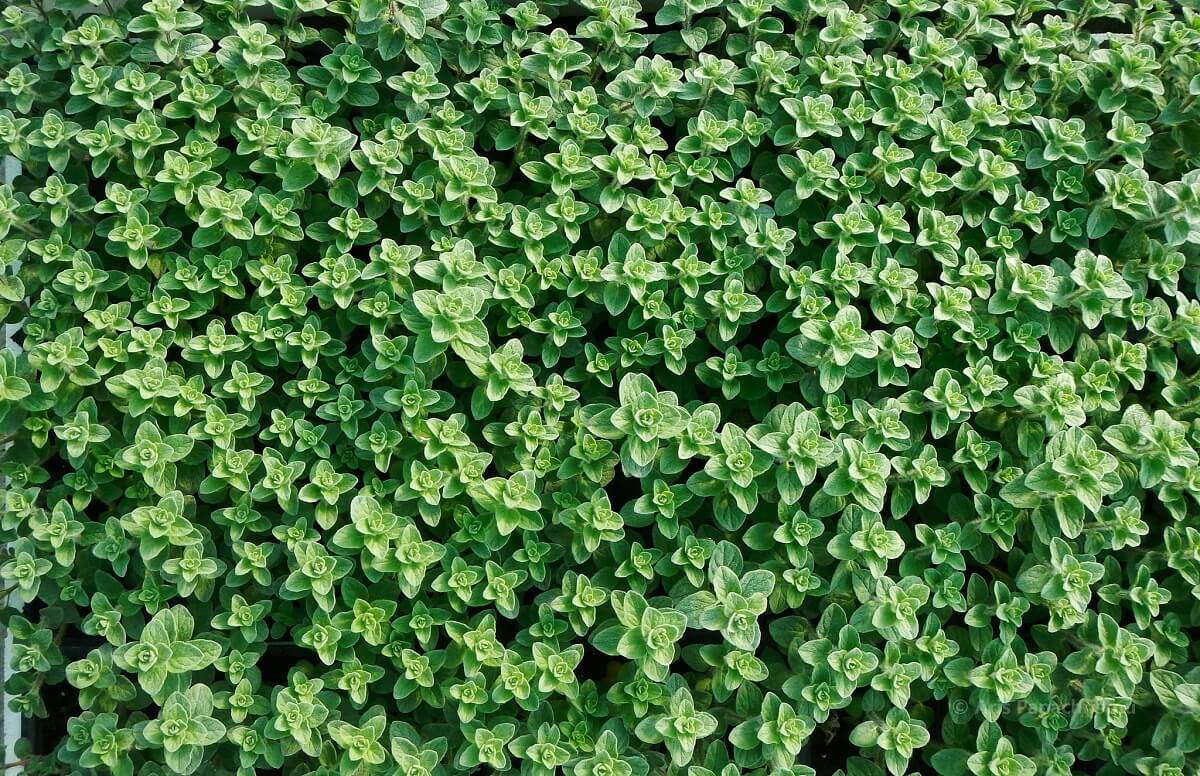
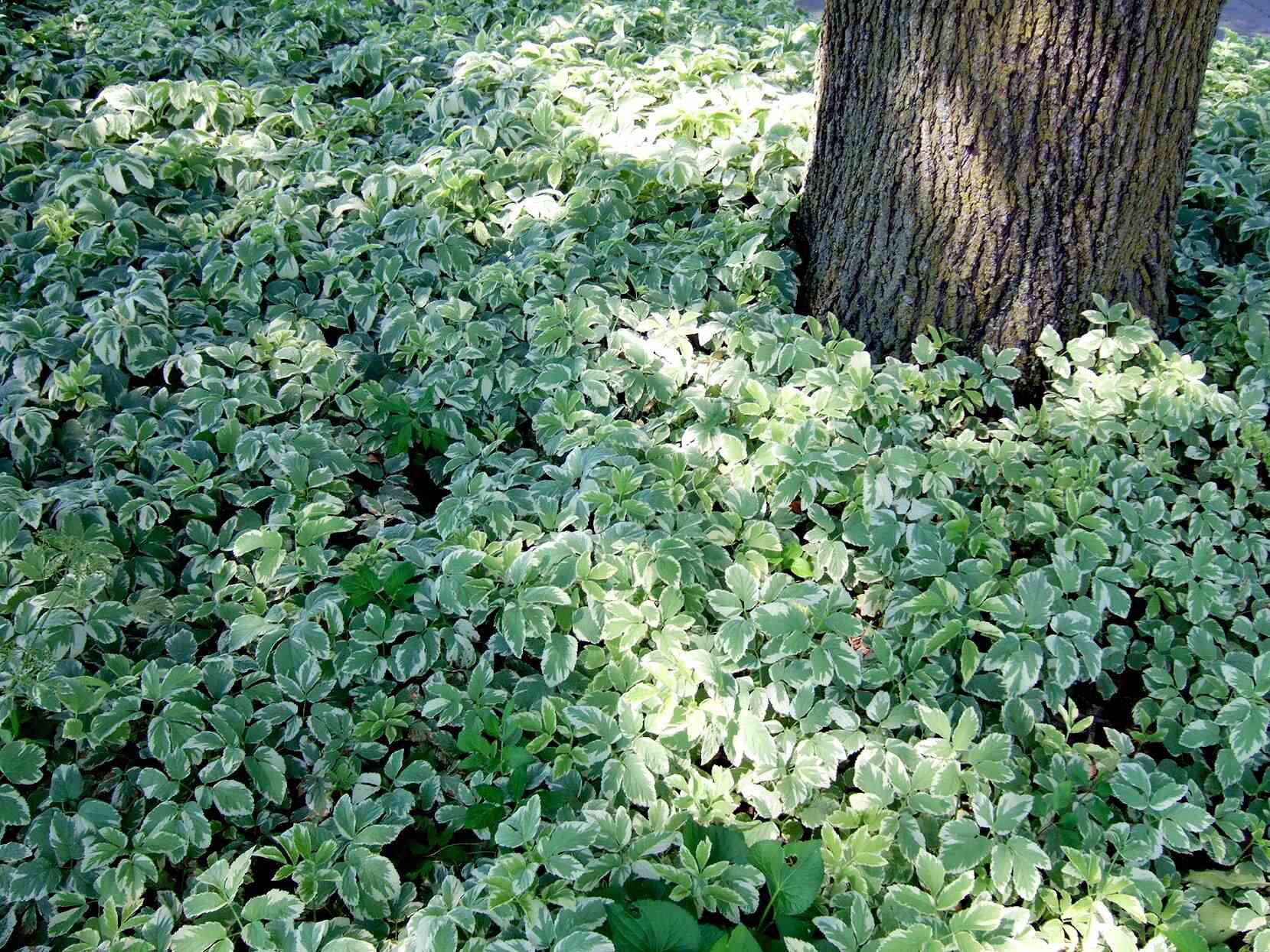
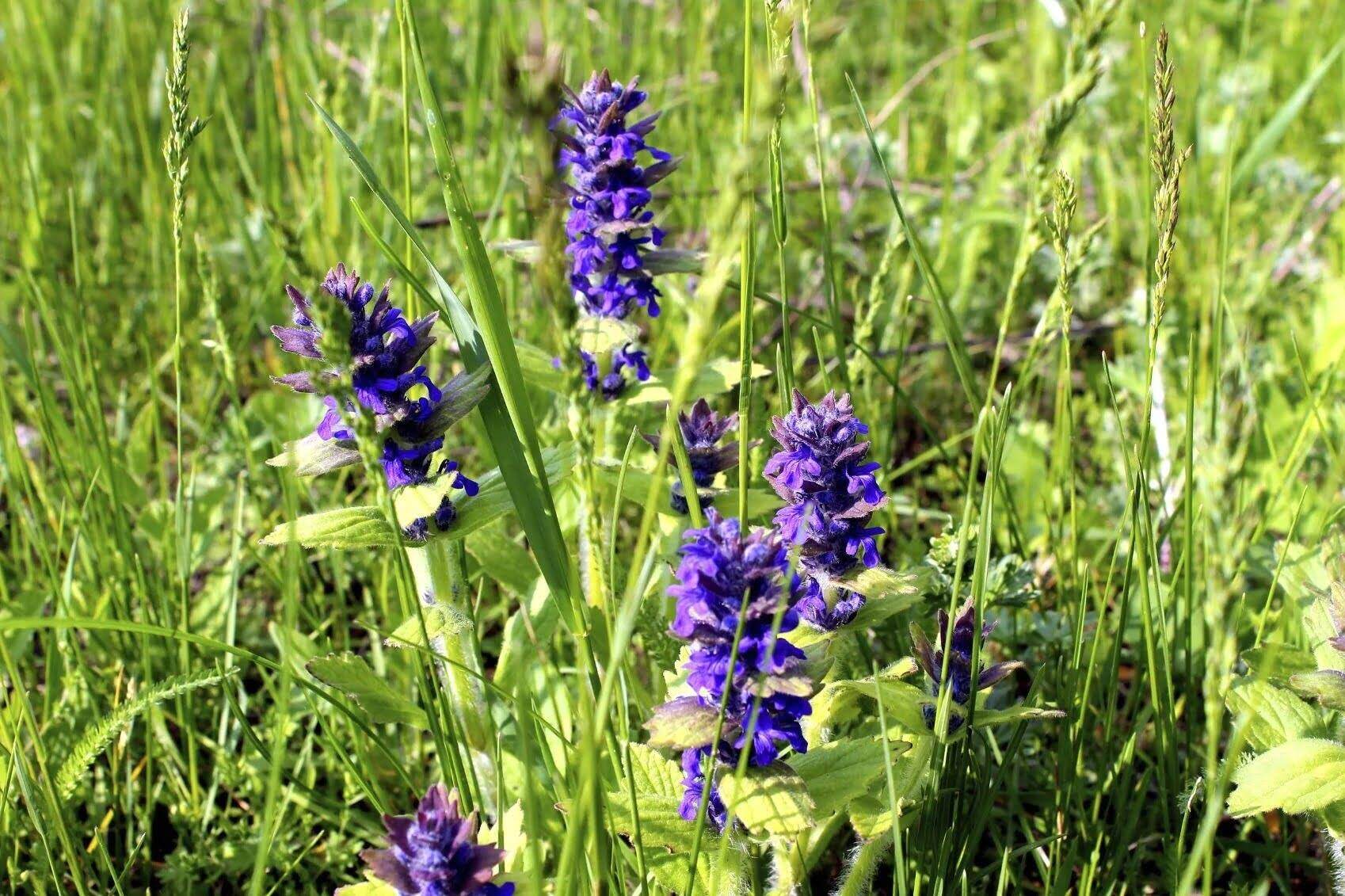
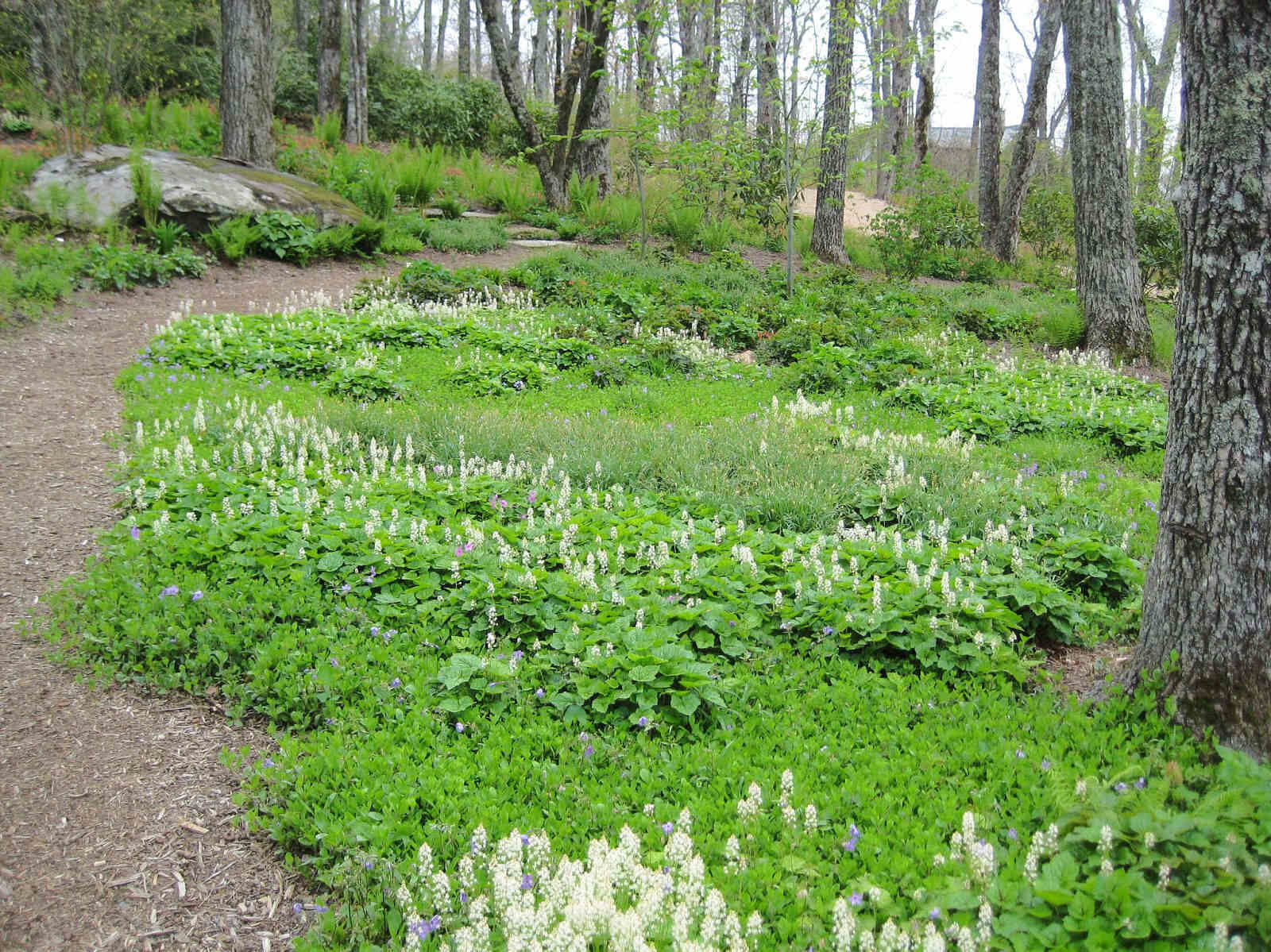
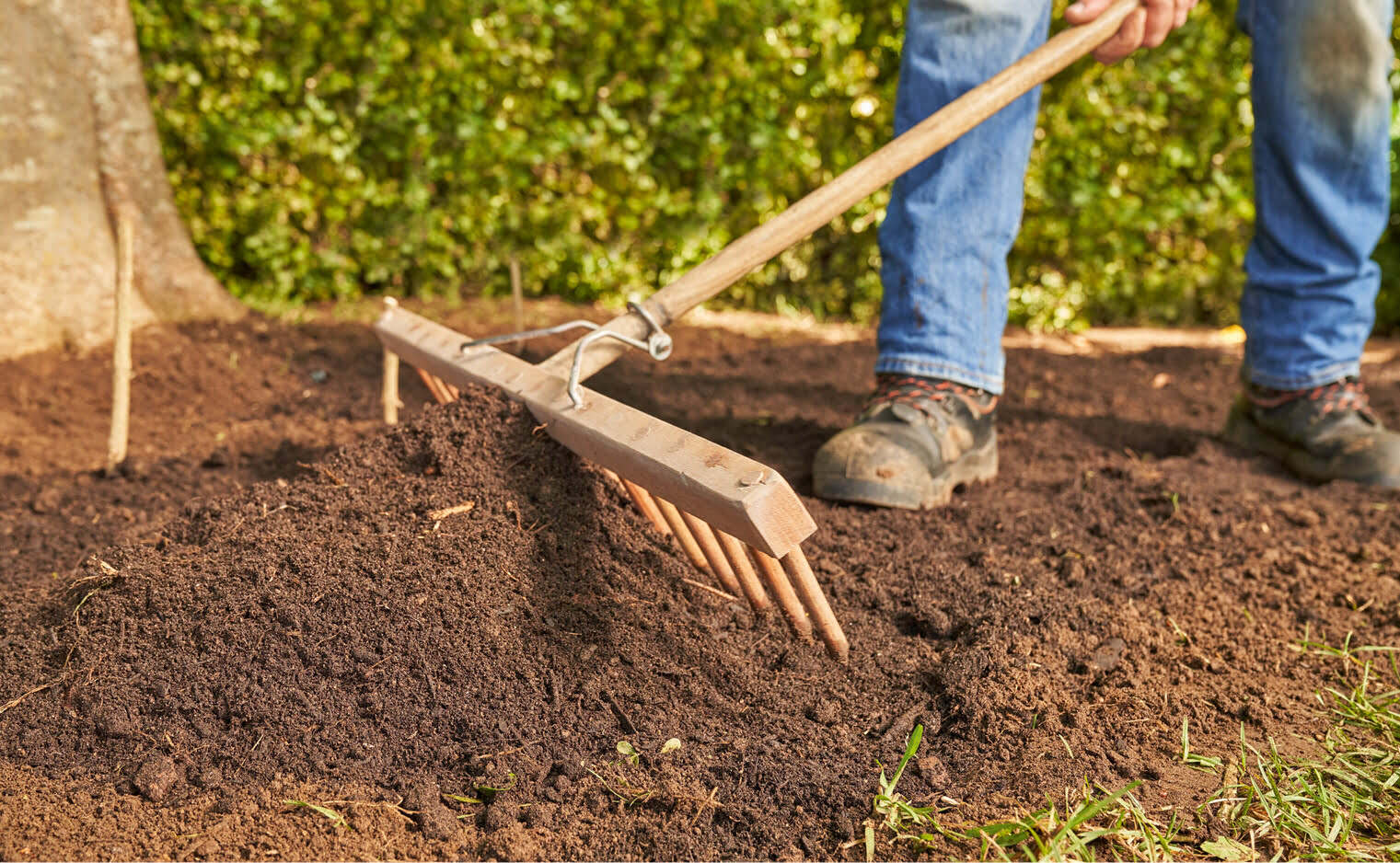
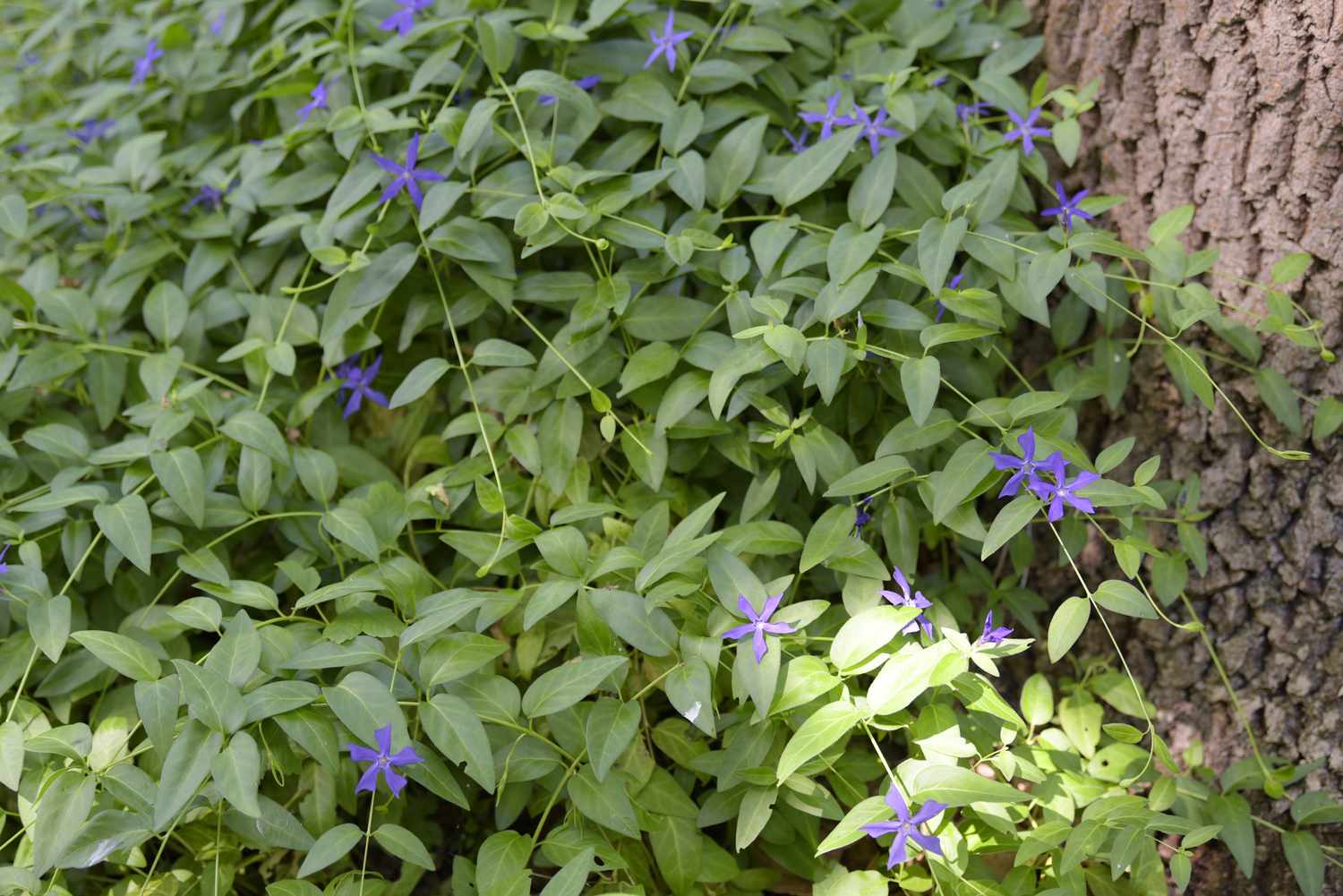
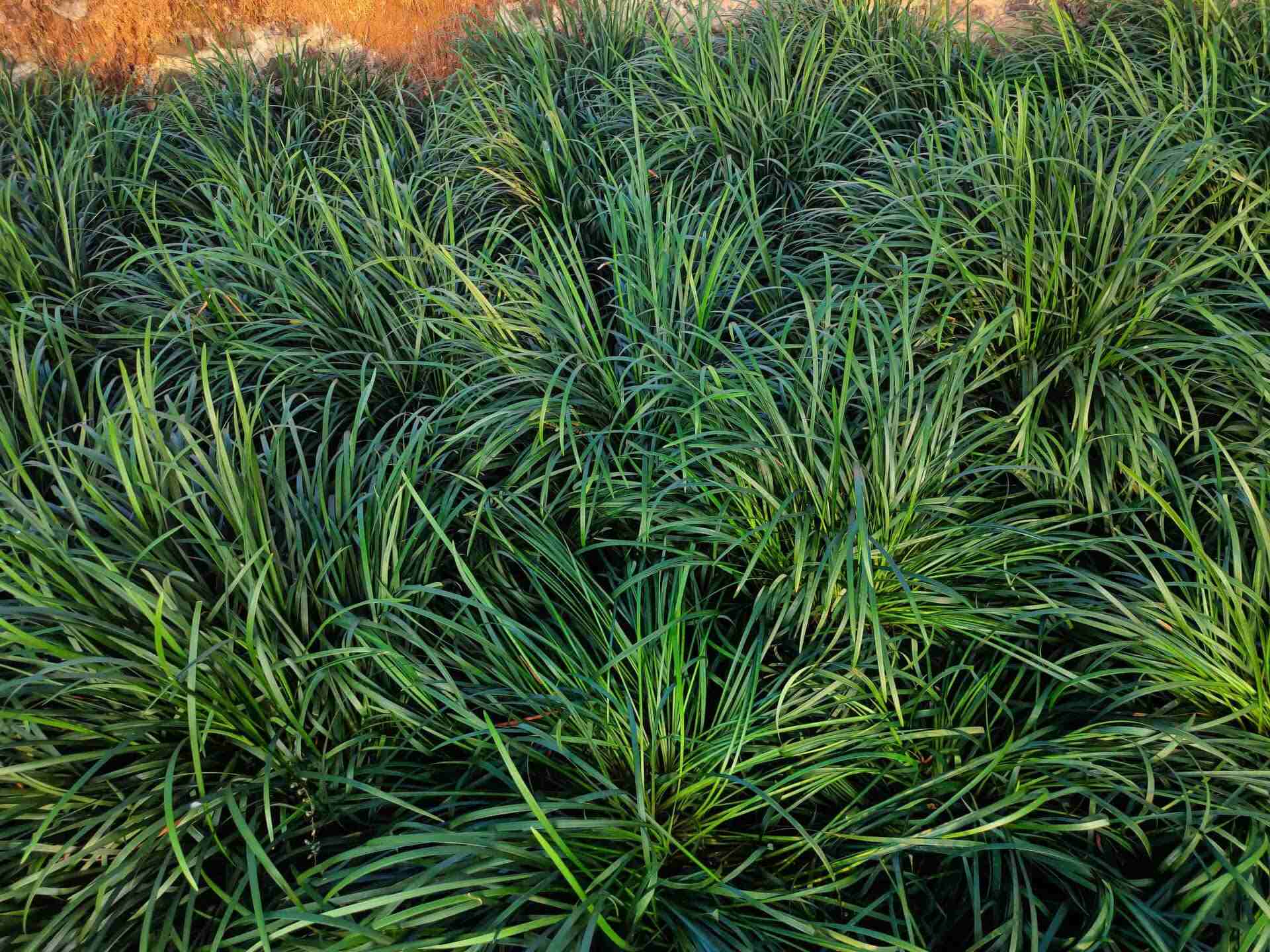
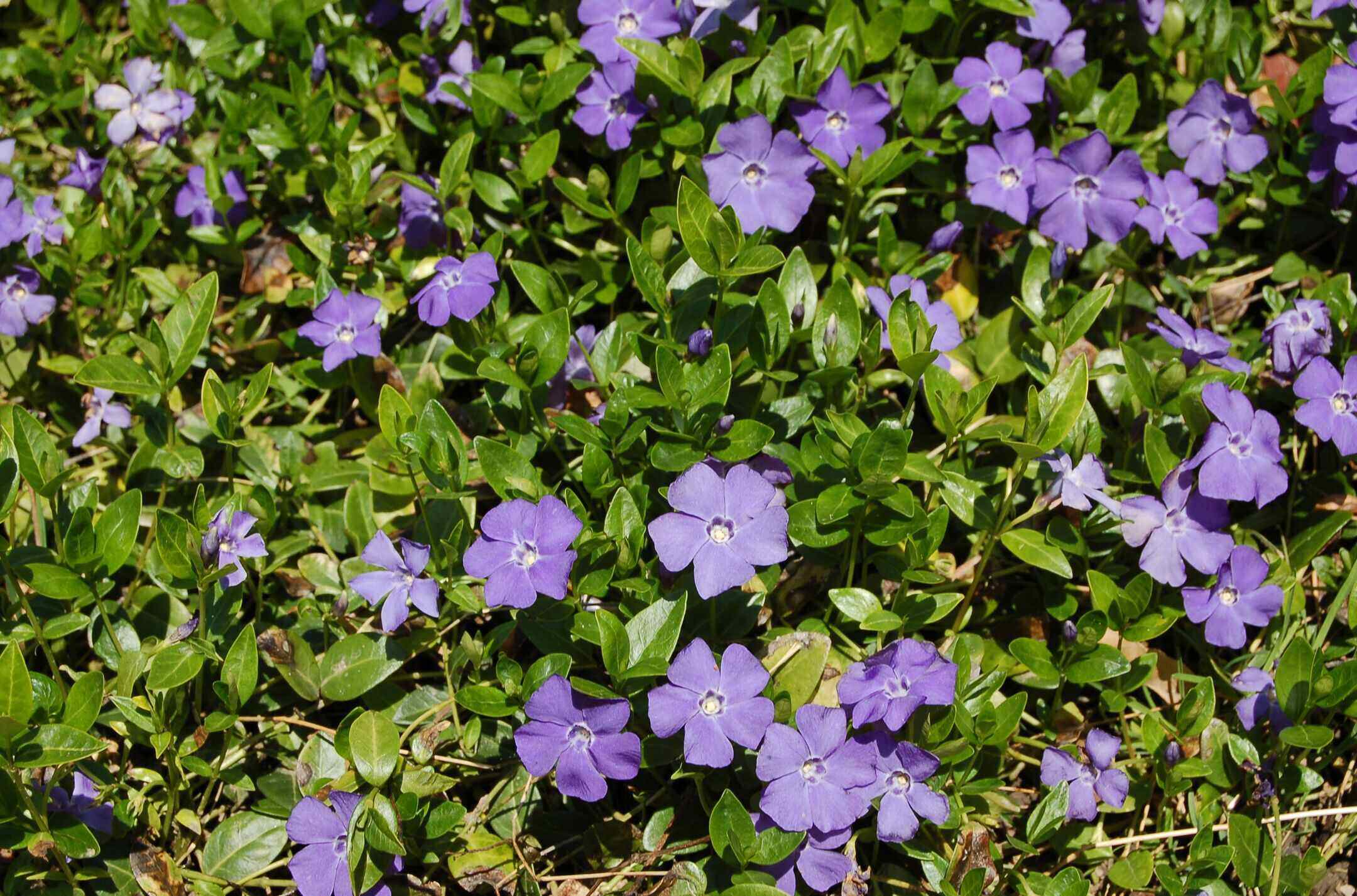

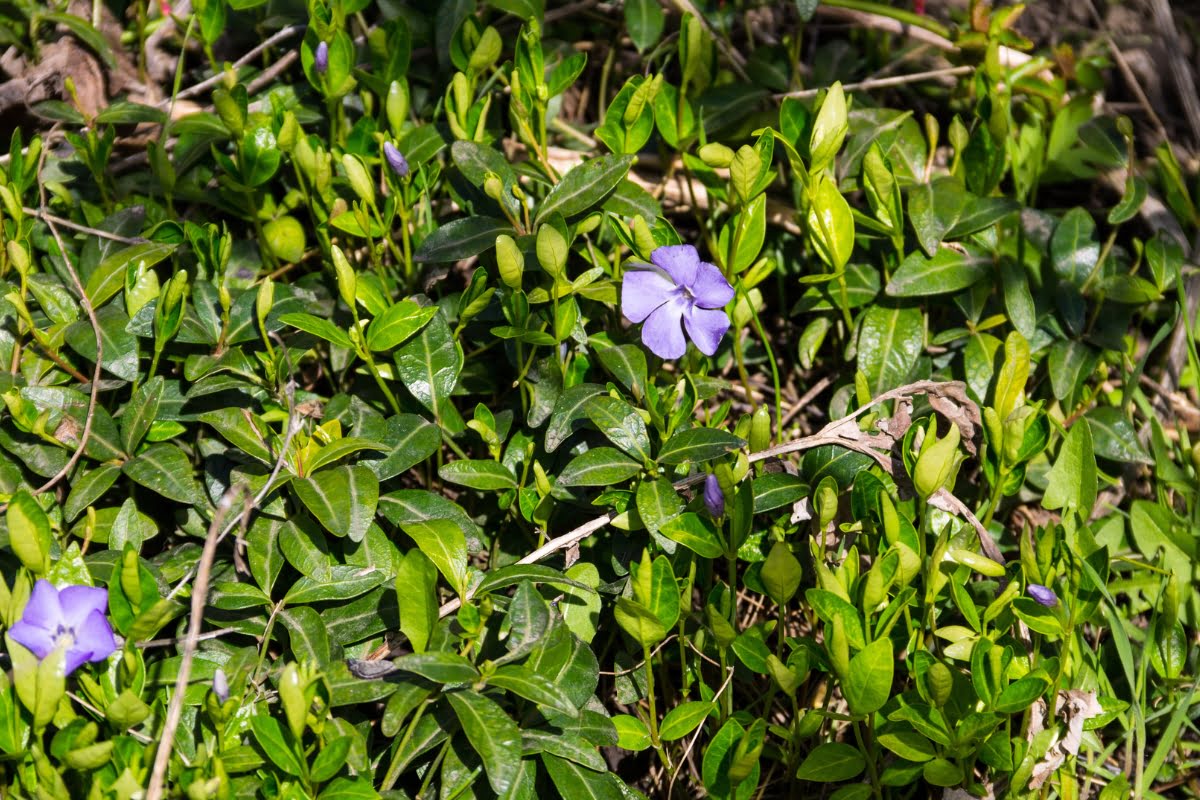
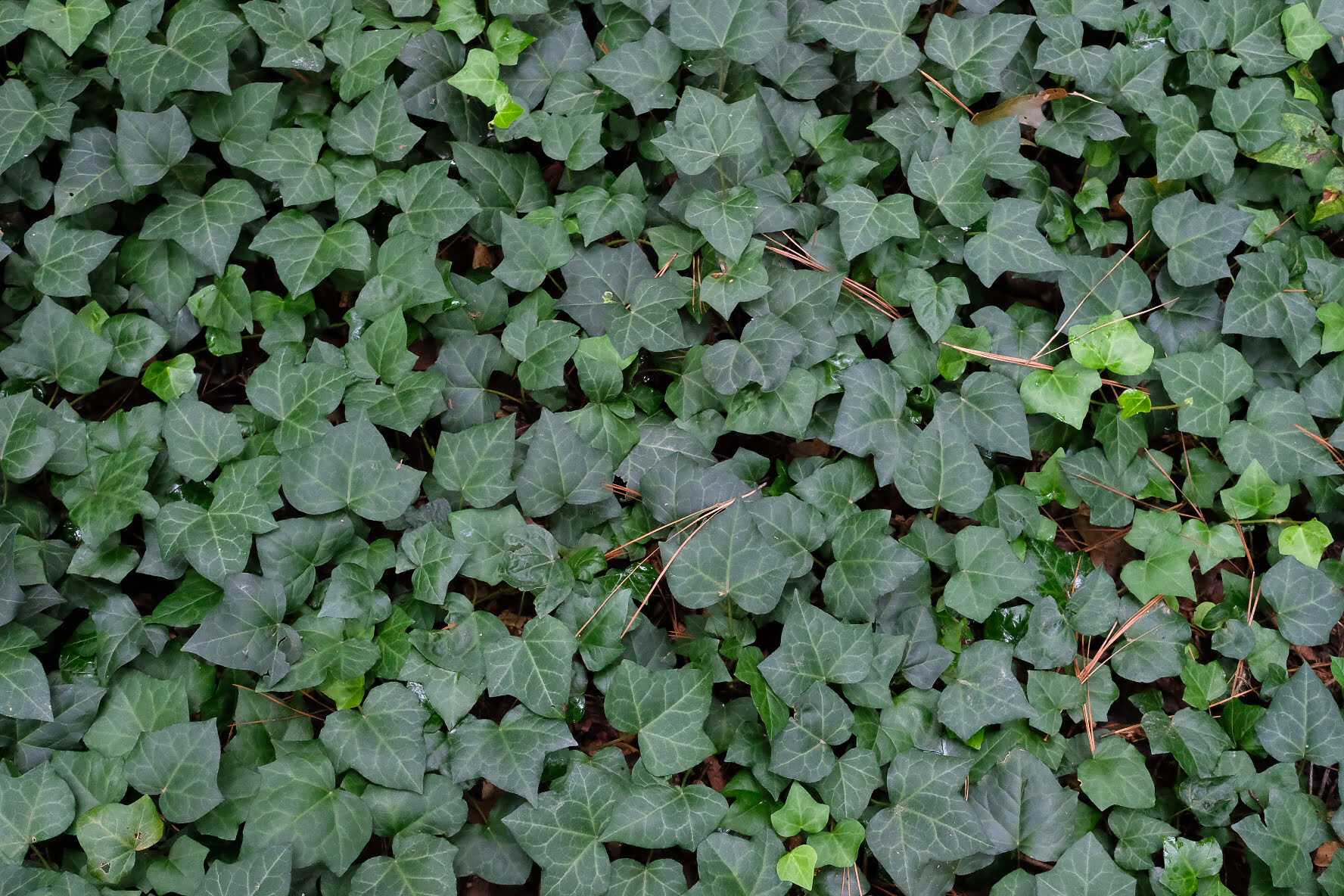



0 thoughts on “Sweet Woodruff: How To Grow Ground Cover”